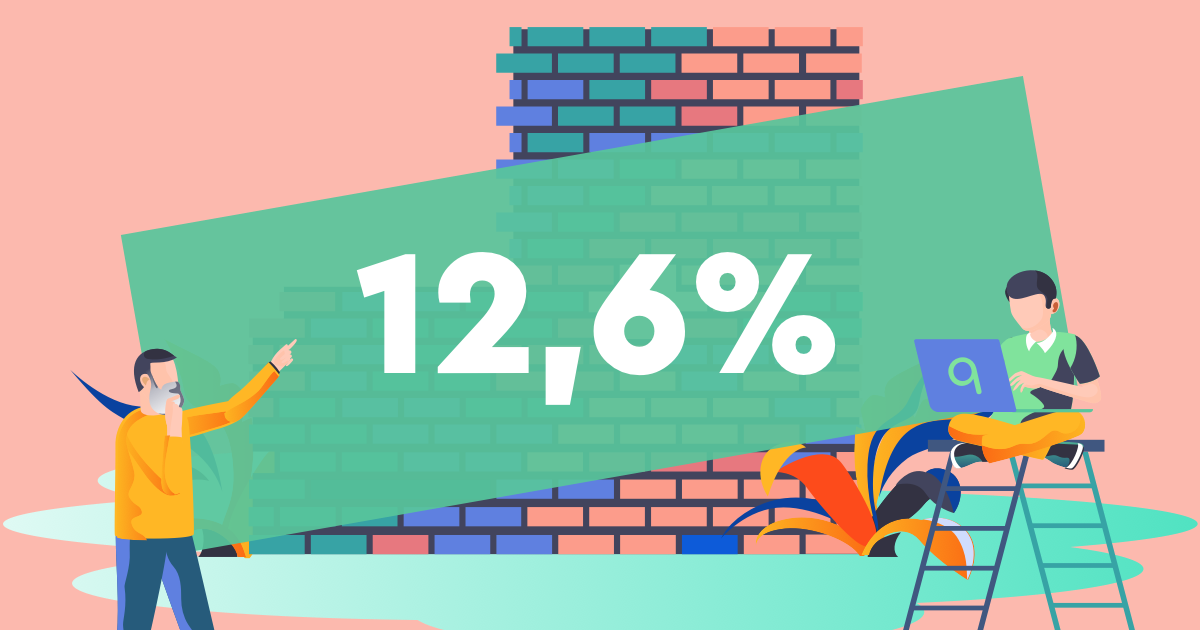Golang serving resume able file downloads with net/http
Here is a fully commented example golang function on how to serve and transmit files to clients with the go net/http package. It supports the "Accept-Ranges" header, which allows for downloads to be paused or interrupted and resumed later on. This is very useful for clients who don't have stable connections to download larger files. However this function does not support Multipart downloads, if you wish to have that functionality check this function in the net/http source code
1 for implementation.This function is written with the following sources RFC 7233
2 section 3.13, MDN Range Requests4 and Content Range5.Go function
package main
import (
"fmt"
"io"
"net/http"
"os"
"strconv"
"strings"
)
func serveFile(writer http.ResponseWriter, request *http.Request, filePath string) (err error) {
file, err := os.Open(filePath)
if err != nil {
return
}
defer file.Close() // Close the file after function return
// Reading header info from the opened file, this will be used for response header "Content-Type"
fileHeader := make([]byte, 512)
_, err = file.Read(fileHeader) // File offset is now len(fileHeader)
if err != nil {
return err
}
// Get file info which we will use for the response headers "Content-Disposition" and "Content-Length"
fileInfo, err := file.Stat()
if err != nil {
return err
}
// Set default headers
// attachment is required to tell some (older) browsers who follow an href to download the file
// instead of showing/printing the content to the screen.
// For example, if you click a link to an image, the browser will pop up the download dialog
// box compared to drawing the image in the browser tab.
writer.Header().Set("Content-Disposition", fmt.Sprintf(`attachment; filename="%s""`, fileInfo.Name()))
// A must for every request that has a body (see RFC 2616 section 7.2.1)
writer.Header().Set("Content-Type", http.DetectContentType(fileHeader))
// Tell the client we accept ranges, this gives clients the option to pause the transfer
// and pick up later where they left up. Or download managers to establish multiple connections
writer.Header().Set("Accept-Ranges", "bytes")
// Check if the client requests a range from the file (see RFC 7233 section 4.2)
requestRange := request.Header.Get("range")
if requestRange == "" {
// No range is defined, tell the client the incoming length of data, the size of the open file
writer.Header().Set("Content-Length", strconv.Itoa(int(fileInfo.Size())))
// Since we read 512 bytes for 'fileHeader' earlier, we set the reader offset back
// to 0 starting from the beginning of the the file (the 0 in the second argument)
file.Seek(0, 0)
// Stream the file to the client
io.Copy(writer, file)
return nil
}
// Client requests a part of the file
// Decode the request header to integers we can use for offset
requestRange = requestRange[6:] // Strip the "bytes=", left over is now "begin-end"
splitRange := strings.Split(requestRange, "-")
if len(splitRange) != 2 {
return fmt.Errorf("invalid values for header 'Range'")
}
begin, err := strconv.ParseInt(splitRange[0], 10, 64)
if err != nil {
return err
}
end, err := strconv.ParseInt(splitRange[1], 10, 64)
if err != nil {
return err
}
if begin > fileInfo.Size() || end > fileInfo.Size() {
return fmt.Errorf("range out of bounds for file")
}
if begin >= end {
return fmt.Errorf("range begin cannot be bigger than range end")
}
// Tell the amount bytes the client will receive
writer.Header().Set("Content-Length", strconv.FormatInt(end-begin+1, 10))
// Confirm the range values to the client, and the total size of the file
// 'Content-Range' : 'bytes begin-end/totalFileSize'
writer.Header().Set("Content-Range",
fmt.Sprintf("bytes %d-%d/%d", begin, end, fileInfo.Size()))
// Response http status code 206
writer.WriteHeader(http.StatusPartialContent)
// Set the file offset to the requested beginning
file.Seek(begin, 0)
// Send the (end-begin) amount of bytes to the client
io.CopyN(writer, file, end-begin)
return nil
}
Read also
https://github.com/golang/go/blob/7bfac4c3ddde3dd906b344f141a9d09a5f855c77/src/net/http/fs.go#L259
cached copyhttps://tools.ietf.org/html/rfc7233
cached copyhttps://tools.ietf.org/html/rfc7233#section-3.1
cached copyhttps://developer.mozilla.org/en-US/docs/Web/HTTP/Range_requests
cached copyhttps://developer.mozilla.org/en-US/docs/Web/HTTP/Headers/Content-Range
cached copy